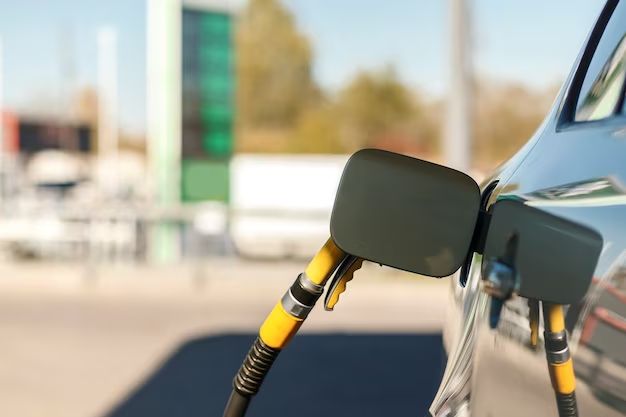Page Contents
Quick Answer
Yes, there are a few different ways to drain gas out of a car’s gas tank. The most common methods are:
- Use a siphon pump
- Remove the fuel pump
- Drain the gas tank
The best method will depend on your specific situation and how much gas you need to remove. Using a siphon pump is the easiest for small amounts of gas. For larger amounts, removing the fuel pump or draining the whole tank may be better options.
Using a Siphon Pump
A siphon pump is a simple hand-powered pump that uses suction to transfer liquids. Here are the steps to use one to remove gas from a car’s tank:
- Remove the gas cap to vent the tank.
- Insert the siphon hose down into the gas tank.
- Pump the handle on the siphon to start siphoning gas out of the tank.
- Drain the gas into an approved gas container.
- Repeat until you have siphoned out the desired amount of gas.
Siphoning will allow you to remove a few gallons of gas at a time easily. It works best for situations where you only need to drain a little bit of fuel out of the tank.
Removing the Fuel Pump
For draining larger amounts of gas, removing the fuel pump may be a better option. Here is the process:
- Relieve fuel pressure by removing the fuel pump fuse.
- Raise the vehicle and support it safely on jack stands.
- Locate the fuel pump under the vehicle.
- Disconnect the fuel lines from the pump.
- Unbolt the fuel pump assembly and lower it down.
- With the pump lowered, have someone crank the engine to pump out the fuel.
- Drain the fuel into an approved gas container.
By operating the fuel pump externally, you can drain a much larger portion of the gas out of the tank. Make sure to take precautions against fuel spills and sparks when doing this.
Draining the Gas Tank
If you need to fully drain the entire gas tank, disconnecting the tank to drain it is an option. Here are the steps:
- Relieve fuel system pressure as noted above.
- Raise the vehicle and support it safely on jack stands.
- Locate the fuel tank under the vehicle.
- Disconnect the fuel filler lines from the tank.
- Disconnect the fuel supply and return lines.
- Unbolt the fuel tank straps and lower the tank down.
- Once lowered, tip the tank to drain out all fuel.
- Drain the fuel into an approved gas container.
This process takes more work but allows you to drain the entire fuel tank if needed. Make sure to plug any open fuel lines to prevent leakage.
Safety Tips
When draining gas from a car, keep these safety tips in mind:
- Only siphon or pump gas into an approved container.
- Work in a well ventilated area away from sparks or flames.
- Wear protective gloves and eye wear.
- Immediately clean up any fuel spills or leaks.
- Have a fire extinguisher nearby.
Gas fumes are highly flammable and toxic. Take precautions to avoid inhaling fumes or contact with skin.
Reasons to Drain Gas from a Car
Here are some of the most common reasons you may need to drain gas from a car’s tank:
- Preparing for fuel system repairs – Mechanics often drain the existing gas to prevent contamination before servicing fuel system components like the pump, injectors or lines.
- Switching fuel types – If switching from gasoline to ethanol or vice versa, draining the old fuel prevents mixing.
- Removing bad or stale fuel – Gas that has been sitting for months can go bad. Draining it out helps resolve engine performance issues.
- Selling a car – Draining the tank provides a low-fuel state for the new owner.
- Storing a car – Eliminating fuel prevents stale gas and gummed up carburetors when storing a vehicle.
When in doubt, consult a mechanic to determine if draining the gas is advisable for your situation. Proper disposal of old fuel is also important.
Conclusion
While draining all the gas from a car’s fuel tank is not necessarily a quick or easy job, it can be done through a few different methods if required. The best approach depends on how much fuel needs to be removed. For small amounts, siphoning is easiest. For larger volumes, removing the fuel pump or gas tank may be better options. Always put safety first by working in a well-ventilated area and taking measures to prevent fuel spills, sparks and exposure. Consulting a professional mechanic is also wise to assess if draining the tank is the right solution for your particular situation.
